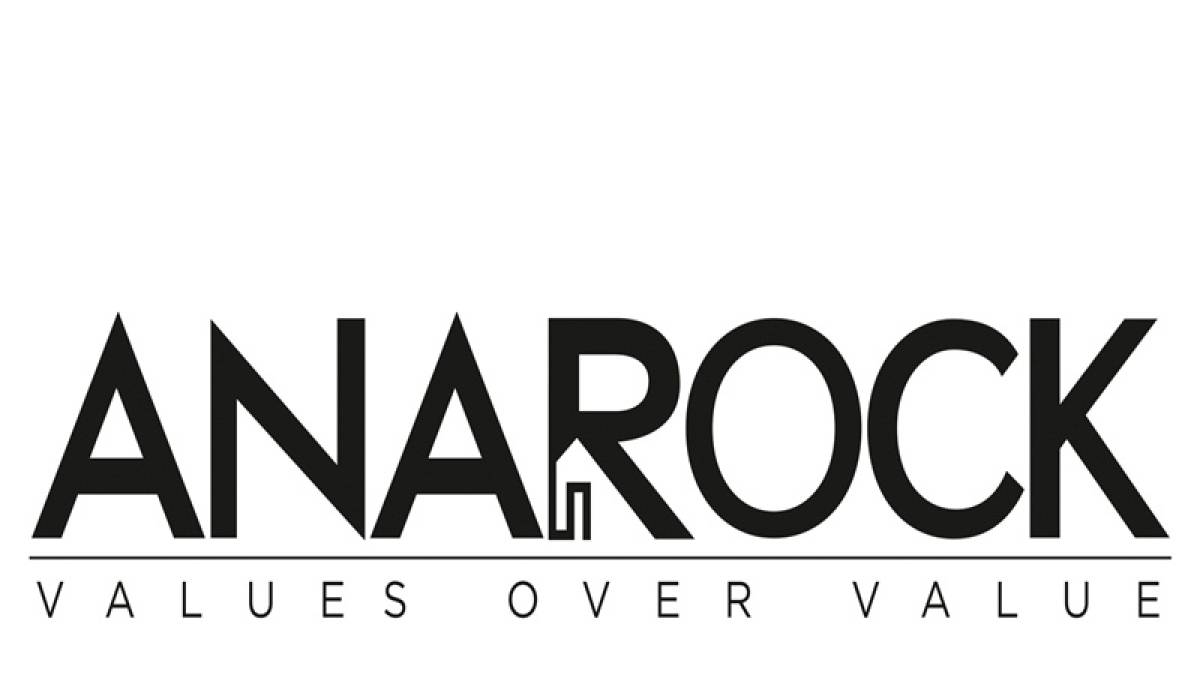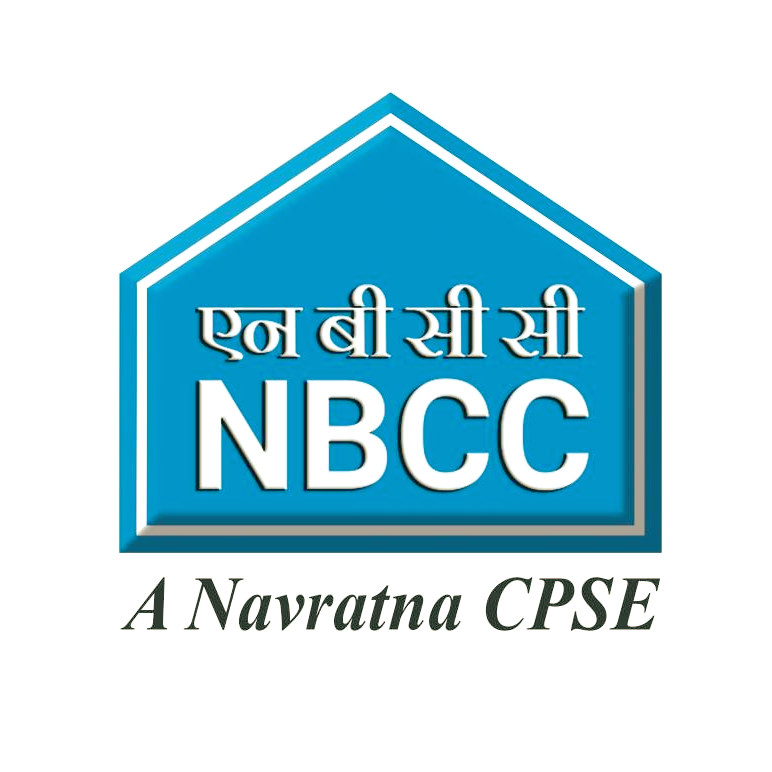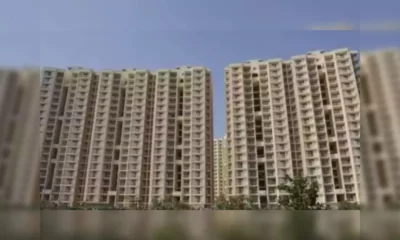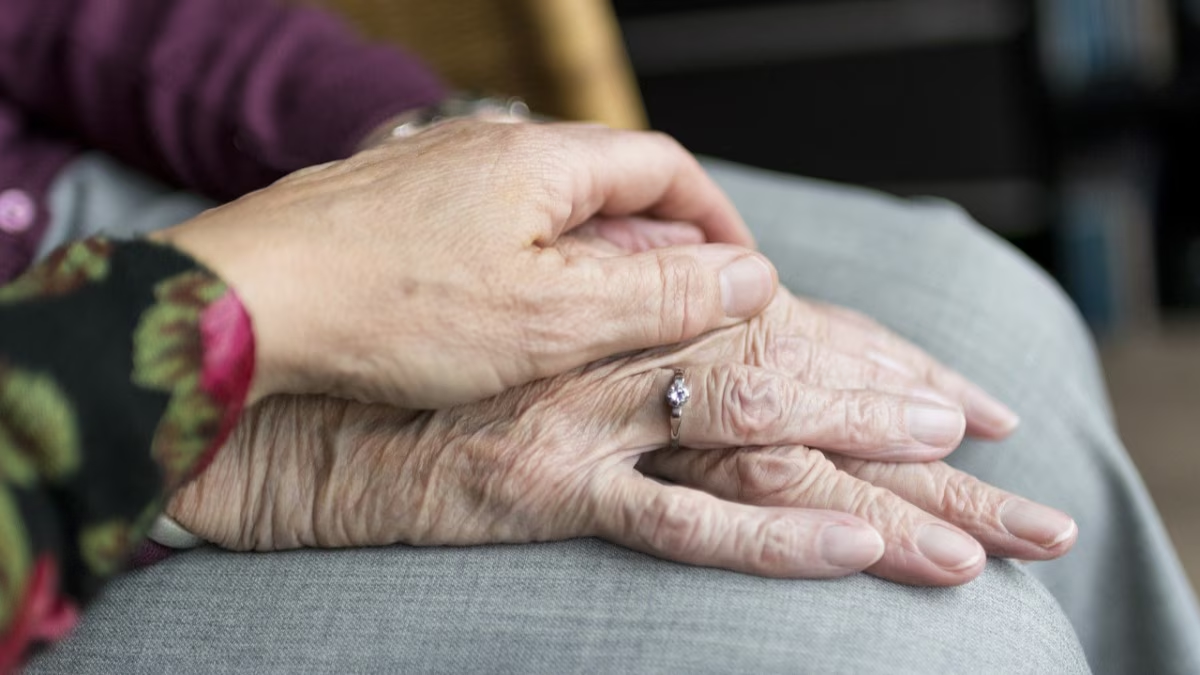Interviews
TALKING TRANSPORT


Transport and connectivity have umbilical ties to the real estate sector and urban Visualizing growth and development in urban India as a quintessential ingredient in the overall India growth story, transportation and its various aspects, is finding unprecedented importance in the ministry’s scheme of things. Dr Sudhir Krishna, Secretary, Ministry of Urban Development (MoUD), spoke to Realty & More’s Editor Palash Roy on how the government plans to take it ahead, including a target to introduce at least 10,000 buses in the current financial year in small and medium cities, across India.
PR : What is the road map and the major initiatives of the urban development ministry?
SK : MoUD believes the growth story of India shall be written on the canvas of planned urban development. To that end, we have developed a three-pronged strategy: Prepare good city plans, mobilise resources for implementing the same and create adequate capacities at the local levels to manage the urban issues. The flagship programme to achieve these objectives is the Jawaharlal Nehru National Urban Renewal Mission (JNNURM). We also provide financial support to the states and the cities for developing mass transit systems such as the metro rail, Bus Rapid Transit System (BRTS) etc.
PR : Can you name the cities you have identified for metro rail, BRTS, etc?
SK : There are many cities off hand, the ones I can mention now are Indore where BRTS has started recently and which is doing very well; BRTS is well established in Ahmedabad; In Delhi, BRTS started with some difficulty but hopefully it will pick up; In Pune Pimpri- Chinchwad and Jaipur, it will start soon. BRTS is also mooted for Hubli-Dharwad, Surat, Rajkot, Nagpur, Bhopal, Vishakhapatnam and Vijayawada. We expect some more cities to join the list.
• We have developed a three-pronged strategy: Prepare good city plans, mobilise resources for implementing the same and create adequate capacities at the local levels to manage the urban issues.
PR : What is the criterion for choosing cities for BRTS?
SK : All million-population-plus cities are entitled for BRTS. But BRTS alone need not to be the sole focus, particularly for the smaller cities, for which we can recommend normal bus services. Accordingly, we have decided to introduce at least 10,000 buses in the current financial year pan India, with special focus on the small and medium cities, as well as the cities in the hilly states as a part of this new endeavour. Bus funding for cities was introduced for the first time in 2009 under the JNNURM but was confined to the larger cities which are “mission cities” in JNNURM. Now, realising the significance of public transport systems, we have decided to extend this support for the smaller cities too.
While mobility through mass transport solutions is important, BRTS or metro rail is not the beginning and not the end of urban transport. Urban transport means moving people and not vehicles. Small cities may not be able to handle BRTS, because it means dedicating at least one lane of a road for the buses, which is usually possible only in large cities. In the smaller cities, there may not be enough traffic to support an exclusive bus lane.
Therefore, BRTS need not be pursued for say, cities with less than 5 lakh population, just like metro should be normally for cities with population of over 2 million. Metro rail is a high cost project and should be taken up only where it is viable, which means where there should be adequate number of passengers. Similarly, BRTS also needs to meet the viability norms. MoUD cautions the cities and states to examine the various other options for public transport for the cities, which include metro rail, monorail, tramways, BRTS and the bus systems. Also, buses need not always be the large ones. Medium and small town should go for small and mini buses. Larger cities should also consider double decker buses. All large towns should have a combination of mini, medium and large buses. The thumb rule is that one should get a bus within 500 metres of his or her house. So almost every city is eligible, we have open the gates for all.


SK : For buses every city is eligible. The criterion is that they have to prove the viability, based on ridership, capital costs, maintenance cost and the expected returns. If these cities or towns propose 20 or 100 buses, they have to justify the need and the viability, because buses should not run empty and also someone would need to pay for the staff salary, fuel, insurance and repairs and maintenance. The generally accepted passenger-bus ratio should be met. Beyond a level, if the traffic is even more, then BRTS could be justified, and if it is still higher, then it could be mono rail/tramways system, or the metro rail system.
PR : What is the progress on tramways. which you were mentioning?
SK : Around the time of Independence, many cities had tramways. Gradually, most states/cities abandoned it and now only Kolkata has an operational tramway system. We had organised a national workshop on tramways sometime in September, 2013, wherein we had invited the states and foreign experts too. We believe tramways would be useful especially in the new townships like New Kolkata, Navi Mumbai, Naya Raipur, and cities having good road network like Chandigarh. Such cities can plan for tramways, which is getting popular even in Europe. The final decision, however, rests with the states, as the ministry does not implemenVoperate any project, while it does extend financial and technical support. States and cities need to take initiative, and we are hopeful that one or the other solution – either buses, BRTS, metro rail, tramways, or monorail or a combination, will be adopted, to provide to the citizens first to last mile connectivity. Each city should have an comprehensive mobility plan, so that should Id people step out of their house, just after a short walk, are able to reach a public bicycle station, or a bus station, onwards to a metro station. We are also advising that metro stations or bus stations should be used as multi-purpose modes equipped with shopping complex, office space, etc., so that people could fulfill most of their needs such as shopping, having snacks, etc., at the station itself. In Taipei, for example, you would find metro stations that not only have stations built in for intra and inter-city buses and public bicycles, but also excellent shopping complexes and even hotels, swimming pools, gymnasia etc. Such ideas are being implemented in Karnataka, though in a relatively modest way. In Mysore and Bengaluru, the bus stations have been developed into multi-activity hubs. In Delhi, some of the metro stations also have shopping centres and office spaces, which would help people save time besides being environment friendly, socially useful and safer too.
• We will introduce at least 10,000 buses in the current financial year pan India is small and medium cities. More importantly, we plan to give buses to small and medium towns as a new feature for this endeavor. So far, we were giving buses only for larger cities.
PR : You were saying adapting newer urban transport modes are states’ prerogative. would you like to name states which are doing well in this regard?
SK : We are in constant dialogue with all the states and some have responded promptly. States like Andhra Pradesh, Gujarat, Karnataka, Madhya Pradesh, Odisha and Rajasthan have made great strides in development of public transport systems in many cities. We see enthusiasm in Kerala, Tamil Nadu and Maharashtra too. We are encouraging Haryana and Uttar Pradesh cities like Gurgaon, Faridabad and Noida/Greater Noida, to introduce good bus systems to facilitate mobility for people and goods. We want cities to have the best mass transport solutions. In Delhi, we are working on public bicycle systems also coupled with metro.
PR : How is the government promoting the public bicycle system?
SK : We promote, encourage, and give ideas to the states and cities. Some cities like Bengaluru, Delhi and in Maharashtra have taken the advice seriously and promptly.
PR : Financial assistance as well?
SK : We also provide financial assistance, besides support for technical and managerial capacity building. However, we would like the states and cities to carefully analyse the financially viability of the public transport projects, to ensure that these could also be taken up on a commercial basis and in PPP Mode. Even the metro rail projects should be commercially viable. The Jaipur metro has got a FIRR of 8.24 per cent and recently we have proposal for Pune where the projected rate of return is more than 11 per cent. That would be possible if the project report is developed carefully. In principle, all urban projects should be financially viable. For that, the DPR should identify the gainers and losers of the project, and gainers must contribute to the extent losers are compensated and the project cost is met.
• Urban transport means moving people and not vehicles. Small cities may not be able to handle BRTS, because it means one lane of a road is blocked for the buses, which is possible only in large cities, and therefor BRTS need not be a very glamorous thing for everyone , just like metro should not be glamourised too much.
PR : States which are not doing very well?
SK : Many states need to pick up in development of urban infrastructure, for which we are in constant dialogue with them. Because money is not the issue now, money has ceased to be the primary constraint. Many states need to pick up in development of urban infrastructure, for which we are in constant dialogue with them. Because money is not the issue now, money has ceased to be the primary constraint.
PR : Till August 7, about 4,789 acres of Delhi Development Authority (DDA) land has been encroached. What are you doing to get that released?
SK : Many government organisations, including DDA, are facing the problem of encroachment on their properties. The Delhi Laws (Special Provisions) Act has provided for some restrictions on removal of such encroachments. We are hopeful that this issue will be taken care of, by following the due process of law.
PR : What exactly is the MoUD’s ‘people-centric approach’?
SK : We have been advising the programme managers and planners to keep the people in focus, while working on city plans, including the transportation plans, sanitation plans or other aspects. We are also advising states and cities to adopt e-governance modules, which would include web-based public grievance redress systems, RTI queries etc.
PR : Can you please tell us a little on the land pooling policy and the targets you have set?
SK : The land pooling policy is expected to bring in a winwin situation for the land losers and the developers, besides creating built spaces on a large scale. The DDA is the agency to implement it and we hope that it would be put into operation in the next few months.
• Urban projects are all viable financially. We have to work on gainers and losers, and gainers must contribute to the extent losers are compensated and the project cost is met.
PR : By a September 2013 notification. the ministry had extended the scope of guidelines framed by it for greening of urban areas and landscaping to all states. Is there a plan to make builders accountable? What about projects that are near completion?
SK : The matter falls in the domain of the states and the reference from the MoUD is an advisory to the states. We believe that many states would be already way ahead in this direction. As for real estate regulation, the ministry of Housing and Poverty Alleviation is working on the regulation bill.
• Encroachment is endemic in many cities, many parts of the country, and we are hopeful that this issue will be taken care of, by following the due process of law.
• While Municipal Bonds are a recommended option, the other sources of finance can be tapped via PPP route
PR : What is the plan to reduce the urban infrastructure deficit in general. and in the metros in particular? Could you please explain in detail?
SK : MoUD extends support to the states and the cities to prepare city development plans, city mobility plans and specific-projects for development or augmentation of the key infrastructure such as water supply, sanitation, recycling the solid and non-solid waste etc.
PR : How do you plan to make municipalities financially self-development? Any plans on bond issuance by municipalities?
SK : While Municipal Bonds are a recommended option, the other sources of finance can be tapped via PPP route. This would be particularly useful in respect of such municipalities who would need time to gear up for mobilising resources via the Bond route.
-



 News3 weeks ago
News3 weeks agoKW Delhi 6 Mall Onboards New Brands
-



 News3 weeks ago
News3 weeks agoManasum Senior Living Launches IKIGAI GOA, A Senior Living Community in North Goa, in collaboration with Prescon Homes
-



 News2 weeks ago
News2 weeks agoGodrej Properties Sells Rs 3k cr+ Homes of Godrej Zenith, Gurugram, within 3 days
-



 News3 weeks ago
News3 weeks agoBridging India Divide: Top 5 Tier- 2 Cities to Focus On
-



 News3 weeks ago
News3 weeks agoCommercial Realty Gets Tech Savvy: Fast Construction, Enhanced Convenience
-



 News3 weeks ago
News3 weeks agoMultipoint Connection – A Definite Boon
-



 News2 weeks ago
News2 weeks agoRBI’s Status Quo on Key Policy Rates to Help Maintain the Real Estate Growth Momentum, Say Industry Stalwarts
-

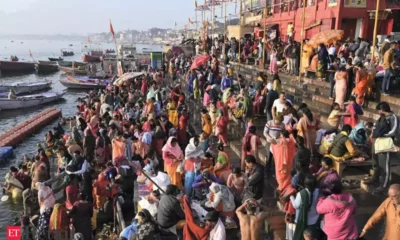

 News3 weeks ago
News3 weeks agoSacred Cities See a Retail Boom as Spiritual Tourism Surge: CBRE Report








